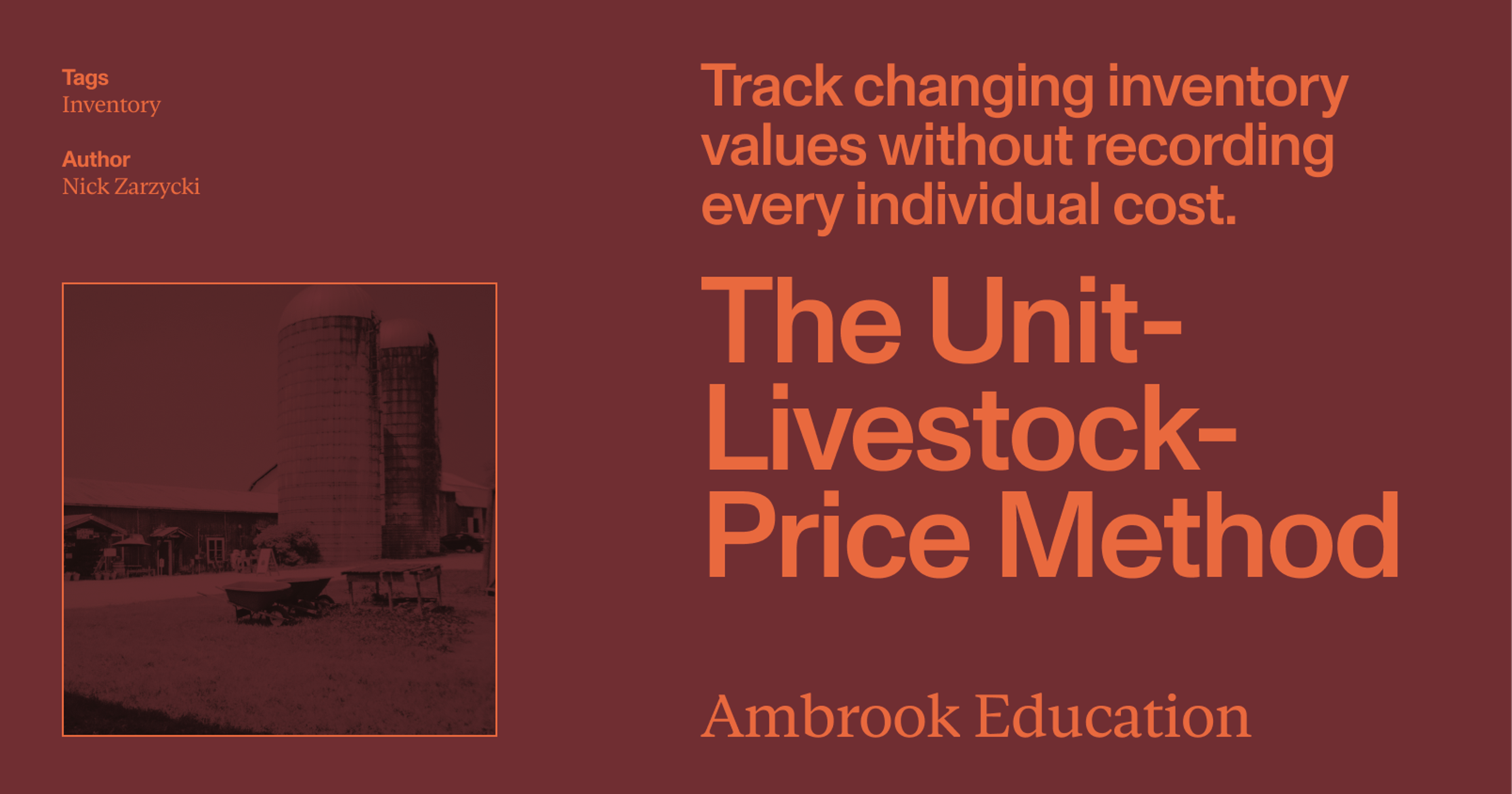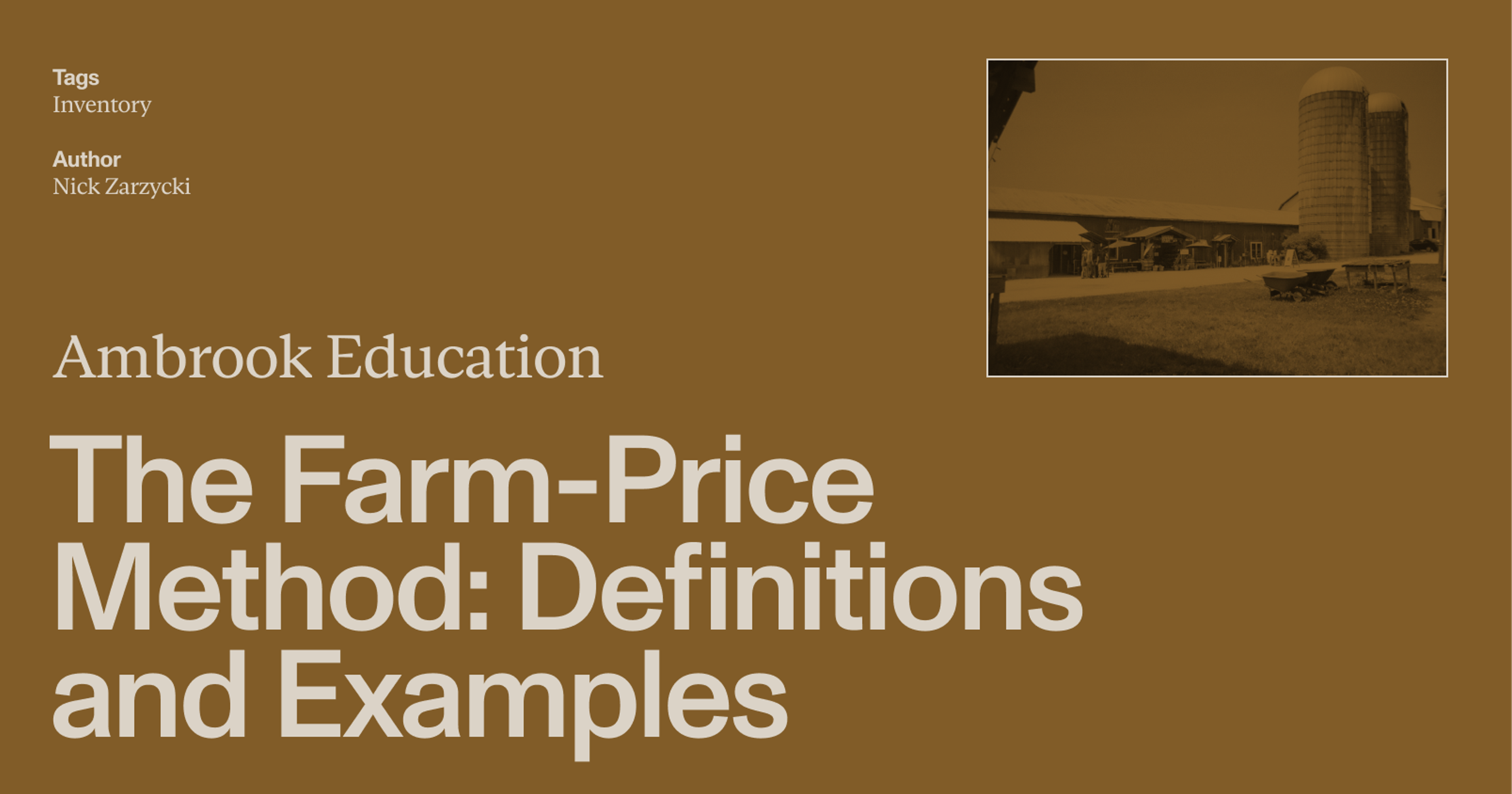Maintaining detailed inventories for pesticides, herbicides, fungicides and other chemicals used on the farm can help improve yields, increase efficiency and satisfy important environmental recordkeeping requirements.
Managing chemical inventories is essential for modern farm operations that rely on pesticides, herbicides and fungicides to protect crops and manage weeds and pests. No matter the size or scope of your operation, tracking what’s on hand, where it’s stored, and how it’s used can help improve yields, increase efficiency, protect ecosystems and meet environmental regulations.
What is a chemical inventory?
A chemical inventory is a centralized record of all pesticides, herbicides, fungicides and other similar chemicals purchased, stored and used on the farm. It should include important information about each chemical on hand, including the product name, EPA registration number, active ingredients, container size, quantity on hand, storage location and hazard classification.
Keeping an accurate chemical inventory can help guide management decisions, such as determining how much pesticide to purchase and evaluating which products are most effective. In addition to being a valuable production and planning tool, maintaining detailed records for chemical application and use also provides liability protection by documenting compliance with label requirements, can be useful when developing Pest Management Plans for USDA cost-share programs, and can also support compliance with restricted-use pesticide regulations.
How does a chemical inventory work?
Every time a chemical is purchased, received or applied, it should be logged in the inventory. Key fields to record include:
Date of purchase or use
Supplier name
Chemical name and EPA number
Tank mix formulation and rate per acre
Field or crop treated
Sprayer and operator name
Weather conditions (wind speed, temperature, humidity) at time of spraying (often required for compliance)
While it can take the form of a physical log book, spreadsheet or specialized software tool, for an operation with multiple sprayers and operators, a digital or spreadsheet-based inventory system can cut down on recordkeeping burdens and ensure records are up to date. Cloud-based software can also help automate this process, syncing spray records directly from equipment or mobile entries in the field.
Records for disposals
Chemical inventories should also track disposal or removal of products—whether through use, return or hazardous waste disposal. Each disposal record might note:
Date and reason for disposal
Quantity and container size
Disposal method (e.g., used in final spray mix, returned to supplier, collected by waste management service)
Authorized personnel signature
Accurate disposal records help maintain safety, comply with EPA or state pesticide rules and prevent leftover or expired chemicals from being forgotten or misused.
Why are accurate chemical inventories important?
An accurate, up-to-date chemical inventory helps producers make smarter planning and purchasing decisions, helping them avoid overstocking or running out of essential chemicals while reducing waste and unnecessary costs.
Tracking historical data to improve forecasting and planning
Maintaining a history of chemical use across seasons helps identify trends in pesticide demand and performance. By reviewing past application records, producers can forecast next year’s needs more accurately, evaluate the effectiveness of specific applications, and compare chemical usage by crop, field, or pest issue.
Environmental recordkeeping
Effective chemical inventory management and recordkeeping can also help producers comply with Restricted Use Pesticide (RUP) regulations, which require producers to keep detailed records of RUP applications, including the product name, EPA registration number, amount applied, date, location, crop or site, area treated, and the applicator’s name and certification number. Keeping accurate, organized records ensures compliance, supports audits or inspections, and can generally promote safer, more efficient pesticide use.
Know your numbers with Ambrook
Ambrook makes it easy to track what you produce, tie costs to your herds and fields and get the numbers you need to make better decisions. It doesn’t just help you do your accounting: it takes the guesswork out of running your business. Want to learn more? Schedule a demo today.
Want to learn more about Ambrook?
This resource is provided for general informational purposes only. It does not constitute professional tax, legal, or accounting advice. The information may not apply to your specific situation. Please consult with a qualified tax professional regarding your individual circumstances before making any tax-related decisions.






